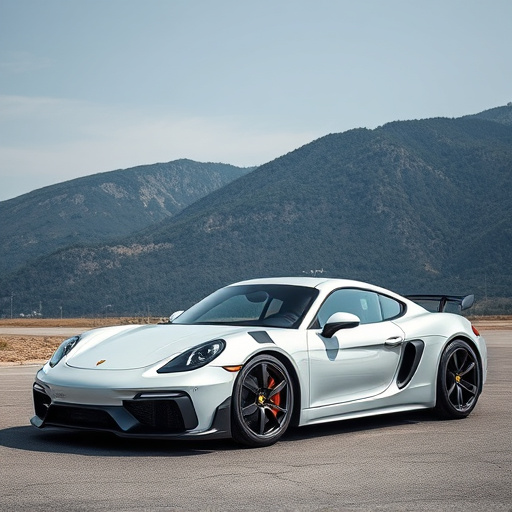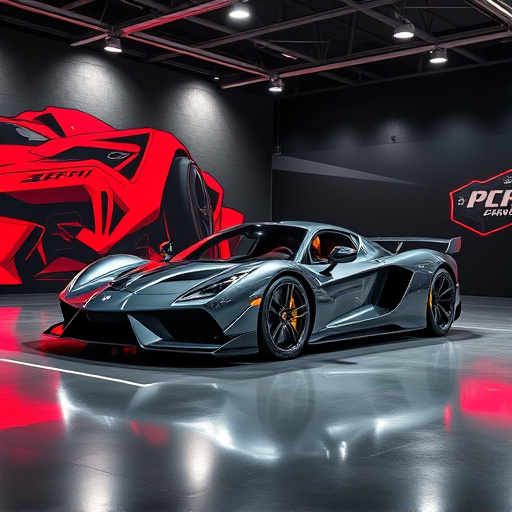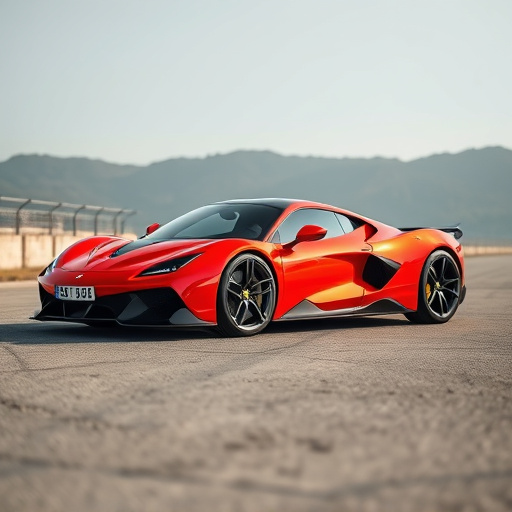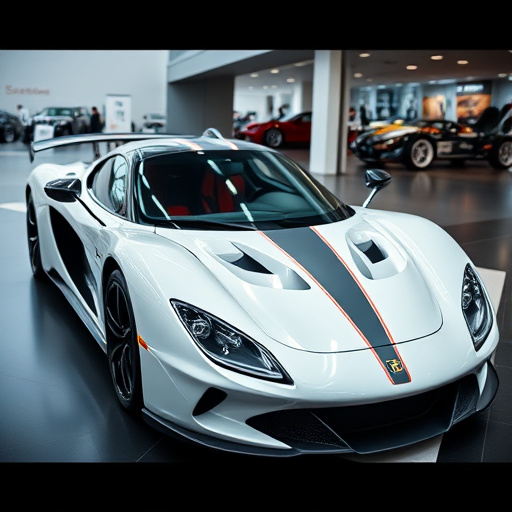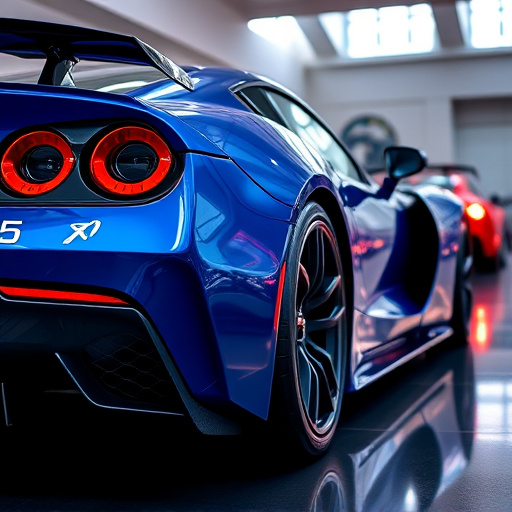Longevity expectation ratings are crucial metrics guiding consumer choices in competitive markets like air intake brands. A well-designed air intake system, critical for vehicle durability and performance, enhances fuel efficiency and reduces internal component wear. Brand reliability, driven by R&D investments, predicts longevity. Top brands prioritize air intake, brand reliability ratings, and durability through high-quality materials, stringent manufacturing, continuous innovation, and customer feedback integration, fostering satisfaction, repeat business, and exceptional product longevity.
“Longevity expectation ratings are a critical metric guiding consumer choices, reflecting their anticipated product lifespan. This article delves into the intricacies of these ratings, focusing on how factors like air intake and brand reliability significantly influence durability.
We explore strategies employed by top-rated brands to enhance product longevity, offering valuable insights for businesses aiming to boost their reputation through durable goods. By understanding these dynamics, manufacturers can better meet consumer expectations and ensure long-lasting satisfaction.”
- Understanding Longevity Expectation Ratings: A Key Metric for Consumers
- The Role of Air Intake and Brand Reliability in Durability Ratings
- Strategies for Enhancing Product Longevity: Insights from Top-Rated Brands
Understanding Longevity Expectation Ratings: A Key Metric for Consumers

Longevity expectation ratings are a critical metric that gives consumers insights into the longevity and durability of products, especially in competitive markets. These ratings provide an objective measure of how long a product is expected to last, which significantly influences purchasing decisions. For instance, when comparing two air intake brands, consumers often look at their reliability ratings to gauge the potential lifespan of each option. Higher ratings suggest not just better brand reliability but also enhanced durability, a factor that can make or break a purchase.
In today’s fast-paced world, where products are continually replaced, understanding longevity expectation ratings empowers consumers to make informed choices. It encourages manufacturers to prioritize quality and durability in their designs. By focusing on these ratings, consumers can ensure they invest in products that offer value for money, reducing the need for frequent replacements and minimizing waste. Thus, longevity expectation becomes a key factor in navigating the market, ensuring both consumer satisfaction and environmentally responsible practices.
The Role of Air Intake and Brand Reliability in Durability Ratings

The quality and efficiency of a vehicle’s air intake system play a significant role in its longevity and overall performance. Air intake, responsible for delivering oxygenated air to the engine, is a critical component that directly influences fuel efficiency and power output. A well-designed air intake system ensures optimal airflow, enhancing the engine’s ability to burn fuel effectively, which can lead to improved durability and reduced wear and tear on internal components. By maximizing air supply and minimizing restrictions, it contributes to better overall vehicle performance and longevity.
Moreover, brand reliability is a key indicator of a vehicle’s expected lifespan and durability. Reputable automotive brands often invest heavily in research and development to create robust and dependable engines, which includes sophisticated air intake systems designed for long-term efficiency and minimal maintenance. Brand reliability ratings are built upon consumer feedback and test results, reflecting the consistency of performance and quality over time. When a brand consistently delivers reliable vehicles, it becomes a trusted marker of durability, influencing consumer expectations and perceptions regarding longevity ratings.
Strategies for Enhancing Product Longevity: Insights from Top-Rated Brands

Top-rated brands in various industries often stand out for their commitment to product longevity, as measured by air intake, brand reliability ratings, and durability. These companies employ several strategies to ensure their products not only last longer but also maintain optimal performance over time. One key approach is focusing on high-quality materials and meticulous manufacturing processes. By selecting robust components and implementing rigorous quality control measures, these brands minimize the risk of early failures or wear and tear.
Additionally, continuous innovation plays a significant role in enhancing product longevity. Top performers invest heavily in research and development to introduce advanced features that improve durability and extend the lifespan of their offerings. Regular updates and improvements based on customer feedback further contribute to better performance and reliability over the long term. This customer-centric approach not only boosts satisfaction but also encourages repeat business, solidifying the brand’s reputation for exceptional product longevity.
Longevity expectation ratings are a powerful metric guiding consumer choices, emphasizing the importance of air intake and brand reliability in product durability. By understanding these factors, manufacturers can develop strategies to enhance product longevity, ensuring satisfaction and trust among users. Top-rated brands offer valuable insights into successful approaches, setting benchmarks for industry standards. Integrating these knowledge points is pivotal for fostering a culture of durable, reliable products, ultimately driving market progress.








